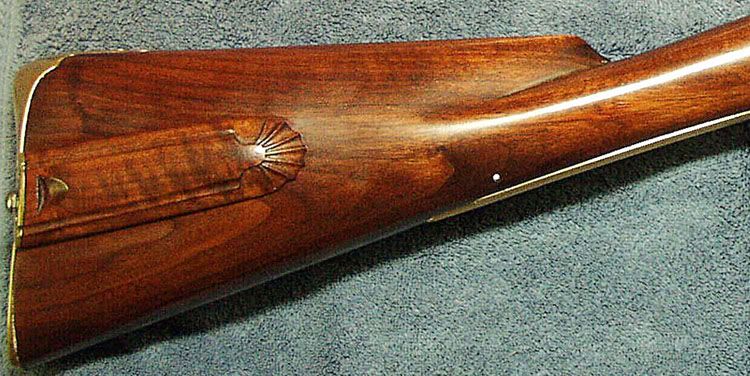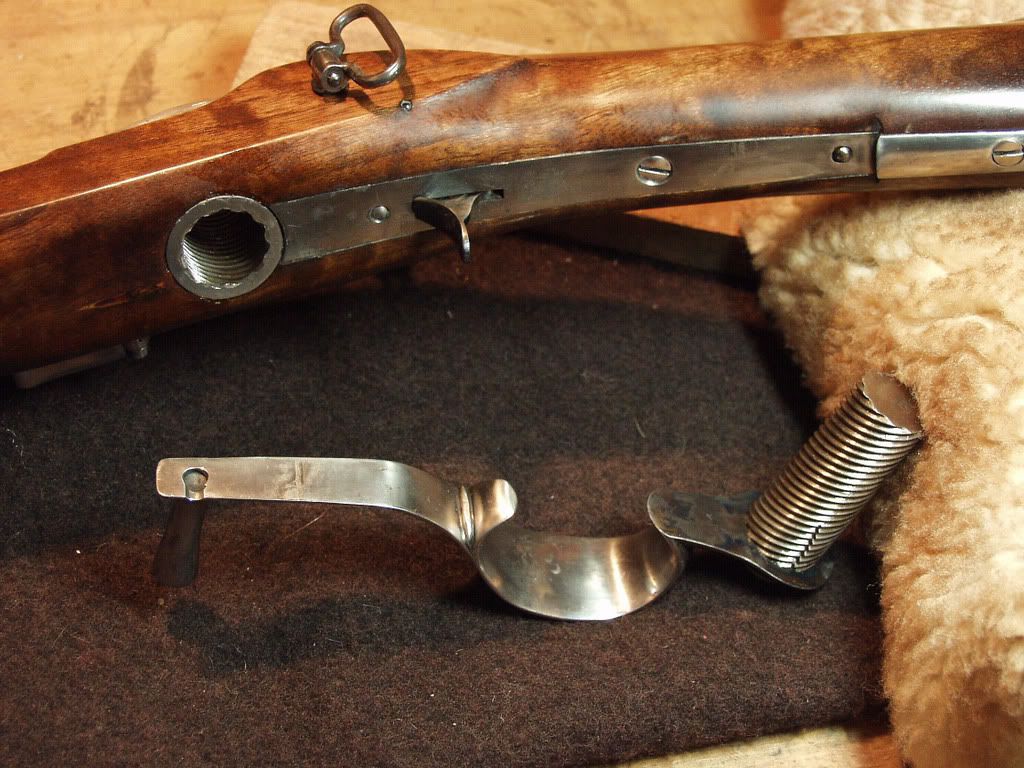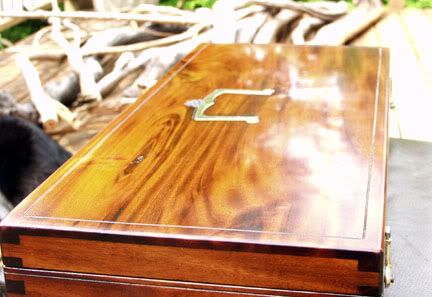Hi Zonie, Fly, and John N,
You know this stuff comes up every time tung oil is discussed. I should simply save a short blurb that I post every time someone brings up tung oil on this forum. First, Formby's is a wiping varnish. The operative word here is VARNISH. The label says mix of tung and other oils. That implies it is tung oil mixed with other things. Formby's does not simply mix tung oil with other oils, it takes chemically altered derivitives from tung oil and mixes those with other chemicals to produce a varnish. That is why it dries so fast, savvy? Please try and understand the difference. It does not penetrate like an oil. It does not enhance colors in the wood like an oil. It is NOT an oil finish but a varnish. Secondly, polymerized tung oil alone will build up a nice surface that can be rubbed back to a high polish. Just look at the photos I posted. Fly, I use the polymerized tung oil-polyurethane mix only to seal the wood and fill the grain then I switch to only polymerized tung oil and turps to build up any finish that I require. I have used the stuff for over 25 years so I don't have to speculate about it.
dave







